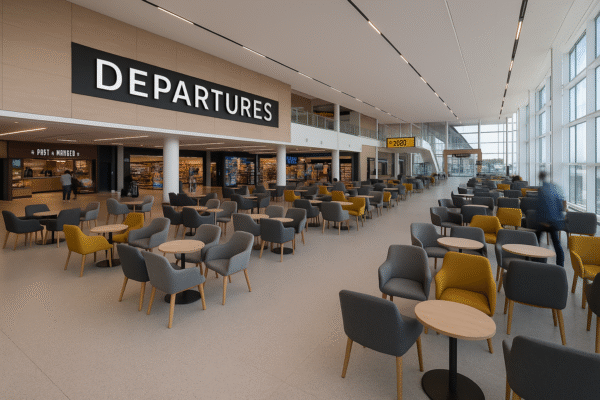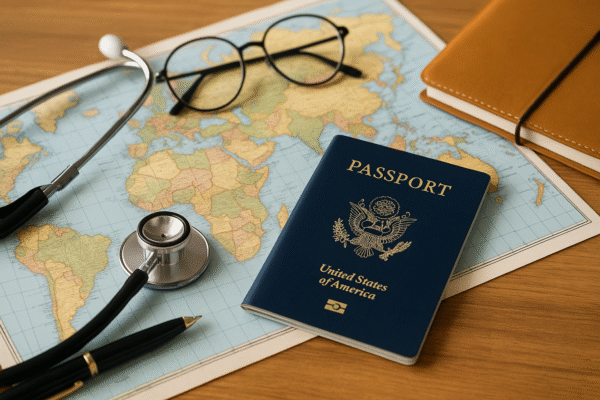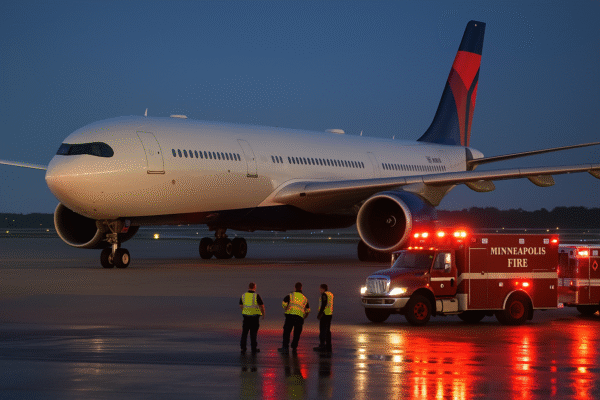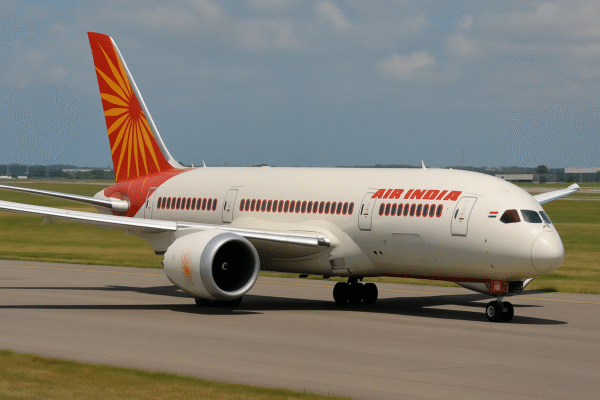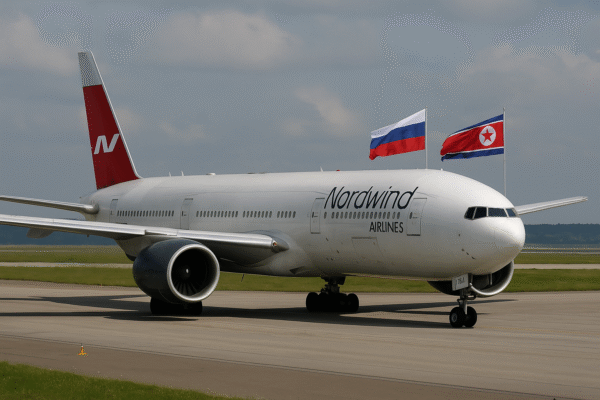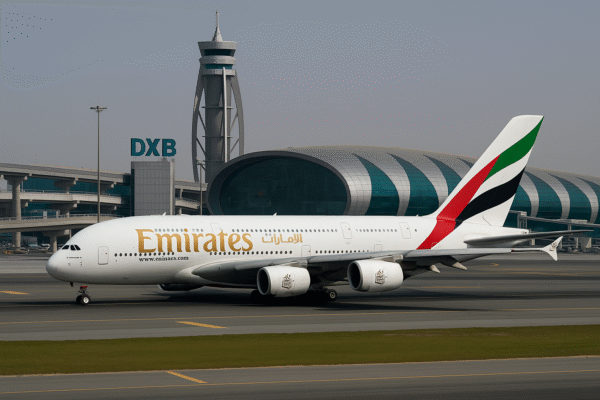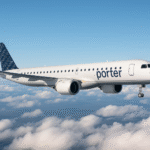Dubai International Airport (DXB) has once again soared to new heights, breaking multiple records in the first half of 2025. With over 46 million passengers passing through its terminals between January and June, DXB has delivered its busiest-ever H1 performance, reinforcing its global reputation as the world’s busiest airport for international passenger traffic. Cargo volumes also surged past 2.1 million metric tonnes, representing a 12% year-on-year increase, underscoring Dubai’s strategic importance in both global travel and trade.
Unprecedented Passenger Traffic in 2025
Dubai Airports, the operator of DXB, revealed a 2.3% increase in passenger numbers over the same period in 2024. The UAE’s strategic aviation infrastructure, coupled with pent-up travel demand post-pandemic, has positioned DXB as a cornerstone of international air connectivity.
DXB now offers direct services to more than 270 destinations in over 100 countries, with its top five source markets including India, the UK, Saudi Arabia, Pakistan, and the United States. These figures not only surpass pre-COVID benchmarks but set new industry standards as airports worldwide continue to navigate recovery.
Emirates and FlyDubai Fuel Growth
DXB’s robust performance has been driven largely by strategic airline partnerships—particularly with Emirates and FlyDubai. Emirates continues to dominate with its modern fleet and global network, connecting passengers to six continents via Dubai’s centralized hub. The carrier has significantly boosted seat capacity on high-demand routes in Europe, Asia, and North America.
Complementing this is FlyDubai’s role in expanding affordable regional travel, especially across underserved markets in Central Asia, Eastern Europe, and the Middle East. The synergy between these two carriers through code-sharing and shared terminals ensures optimized connectivity, efficiency, and passenger convenience at DXB.
Record-Setting Cargo Throughput
Beyond passenger services, DXB’s role as a logistics powerhouse remains undisputed. With over 2.1 million metric tonnes of cargo processed in just six months, Dubai’s position as a critical transshipment hub between Asia, Africa, and Europe is stronger than ever.
Much of this growth has been driven by demand for perishable goods, electronics, and high-value commodities, particularly from Asia and Africa. Advanced freight systems, such as automated cargo handling and AI-based inventory tracking, have enhanced DXB’s ability to manage time-sensitive logistics with minimal delay.
Smart Airport Tech Transforms Travel Experience
DXB continues to redefine air travel through cutting-edge technology. Travelers now benefit from AI-powered smart gates, facial recognition boarding, and real-time baggage tracking, all designed to create a contactless, efficient journey.
These innovations significantly reduce queue times at immigration and security, contributing to an average passenger processing time of less than 15 minutes per checkpoint, according to Dubai Airports. The airport has also rolled out self-service check-in kiosks and biometric-enabled e-gates across all terminals, positioning DXB as a benchmark for smart airport infrastructure.
Green Future: Sustainability at the Core
In alignment with the UAE’s Green Agenda 2030, DXB is committed to reducing its environmental footprint. Key initiatives include transitioning ground service vehicles to electric models, installing solar panels on terminal roofs, and introducing energy-efficient lighting and cooling systems.
DXB has also adopted low-flow water fixtures and invested in sustainable aviation fuel (SAF) testing in partnership with Emirates and global fuel providers. These steps support the UAE’s broader vision to become a global leader in sustainable transport.
According to the General Civil Aviation Authority (GCAA), Dubai International Airport is already contributing significantly to the UAE’s Net Zero by 2050 strategic initiative by reducing emissions and improving energy intensity across operations.
Expansion on the Horizon: Dubai World Central
While DXB continues to thrive, attention is shifting toward the future mega hub—Dubai World Central (DWC). Planned for completion by 2032, DWC will feature five parallel runways, 400 aircraft gates, and a projected annual capacity of 260 million passengers, making it the largest airport in the world by volume.
In the interim, DXB is undergoing capacity upgrades to manage an estimated 96 million passengers by end-2025, including enhancements to Terminal 1 and premium lounges. The dual-airport model—DXB and DWC—is designed to future-proof Dubai’s aviation ecosystem while offering travelers greater choice, flexibility, and efficiency.
Key Highlights:
- Passenger traffic hits 46 million in H1 2025—a record-breaking first half.
- Cargo volumes exceed 2.1 million metric tonnes, up 12% YoY.
- DXB connects 270+ destinations across 100+ countries.
- Leading innovations include AI smart gates, biometric boarding, and real-time baggage tracking.
- Strong sustainability focus in line with UAE Green Agenda 2030.
- Future-ready with Dubai World Central set to be operational by 2032.
As Dubai continues to position itself as a global aviation nexus, DXB’s 2025 performance exemplifies the emirate’s forward-thinking leadership in connectivity, innovation, and sustainability. Whether traveling for business, leisure, or logistics, Dubai International Airport is the gateway of the future—today.
For more travel news like this, keep reading Global Travel Wire

